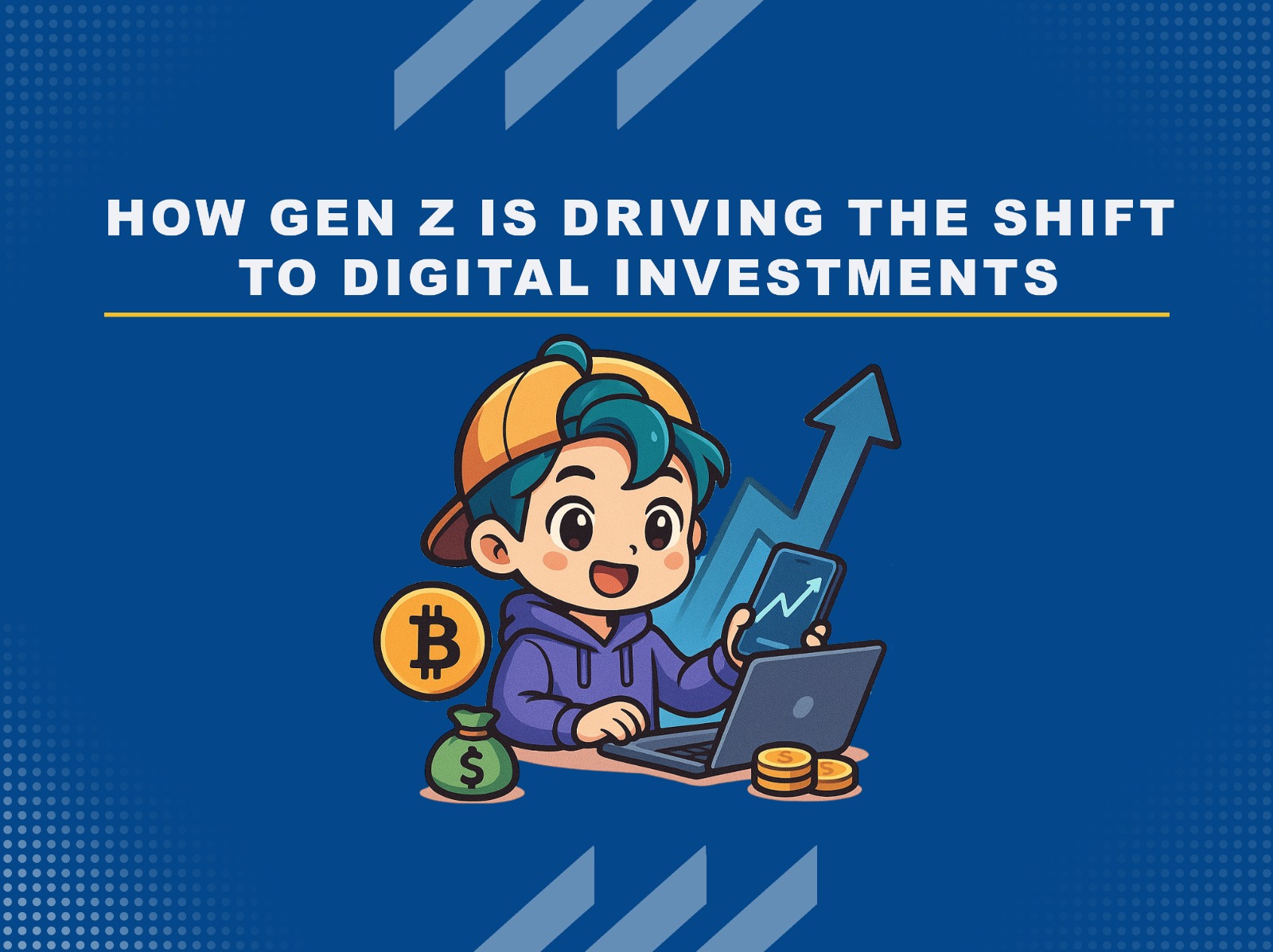How Gen Z Is Driving the Shift to Digital Investments


The financial habits of Generation Z—those born between the mid-1990s and early 2010s—are redefining the investing landscape. Unlike previous generations who relied heavily on banks and traditional financial advisors, Gen Z is turning to digital-first platforms and mobile apps to manage their wealth. This shift is creating a new era of investing where technology, transparency, and speed dominate.
Gen Z grew up with smartphones and high-speed internet. As a result, they naturally prefer mobile apps over visiting bank branches or calling brokers. Investing platforms that offer seamless interfaces, instant account opening, and 24/7 access appeal strongly to this demographic.
Digital platforms often allow fractional investing in stocks, ETFs, or even digital gold—something traditional brokers rarely offer. This makes investing accessible even to young people with limited capital.
Apps provide live portfolio tracking, real-time market data, and educational resources. This transparency builds trust and empowers Gen Z to make informed decisions without relying on middlemen.
From digital gold to cryptocurrencies and tokenized real estate, Gen Z is more open to new asset classes. Platforms that offer these in one place have an edge over traditional institutions.
Traditional banks are being forced to rethink their strategies. Many are partnering with fintech companies or launching their own digital investing apps to capture this new market segment. Robo-advisors, micro-investing platforms, and AI-driven financial planning tools are all products of Gen Z’s influence on the industry.
By 2030, Gen Z will make up a significant portion of the global workforce and investor base. Their preference for digital-first solutions means that platforms offering low fees, instant access, and diverse investment products will dominate. Companies that fail to adapt risk losing relevance in this rapidly evolving space.
Gen Z’s embrace of digital investing is more than a trend—it’s a fundamental shift in how wealth is built and managed. By prioritizing technology, flexibility, and transparency, this generation is reshaping the financial ecosystem for decades to come.